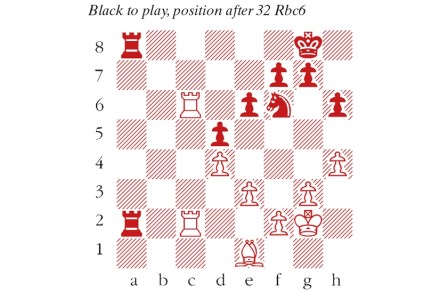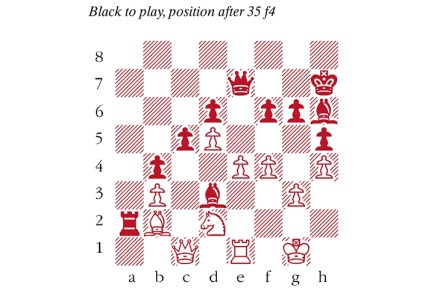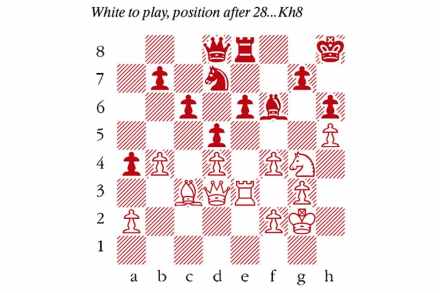Steinitz Memorial
I like a memorial tournament. It’s true that the champions they celebrate may be less skilled than their modern counterparts. That’s to be expected, as players of today stand upon the shoulders of their predecessors. So I tend to picture the world champions as squabbling gods of myth, made vital by their flaws, and memorial



















